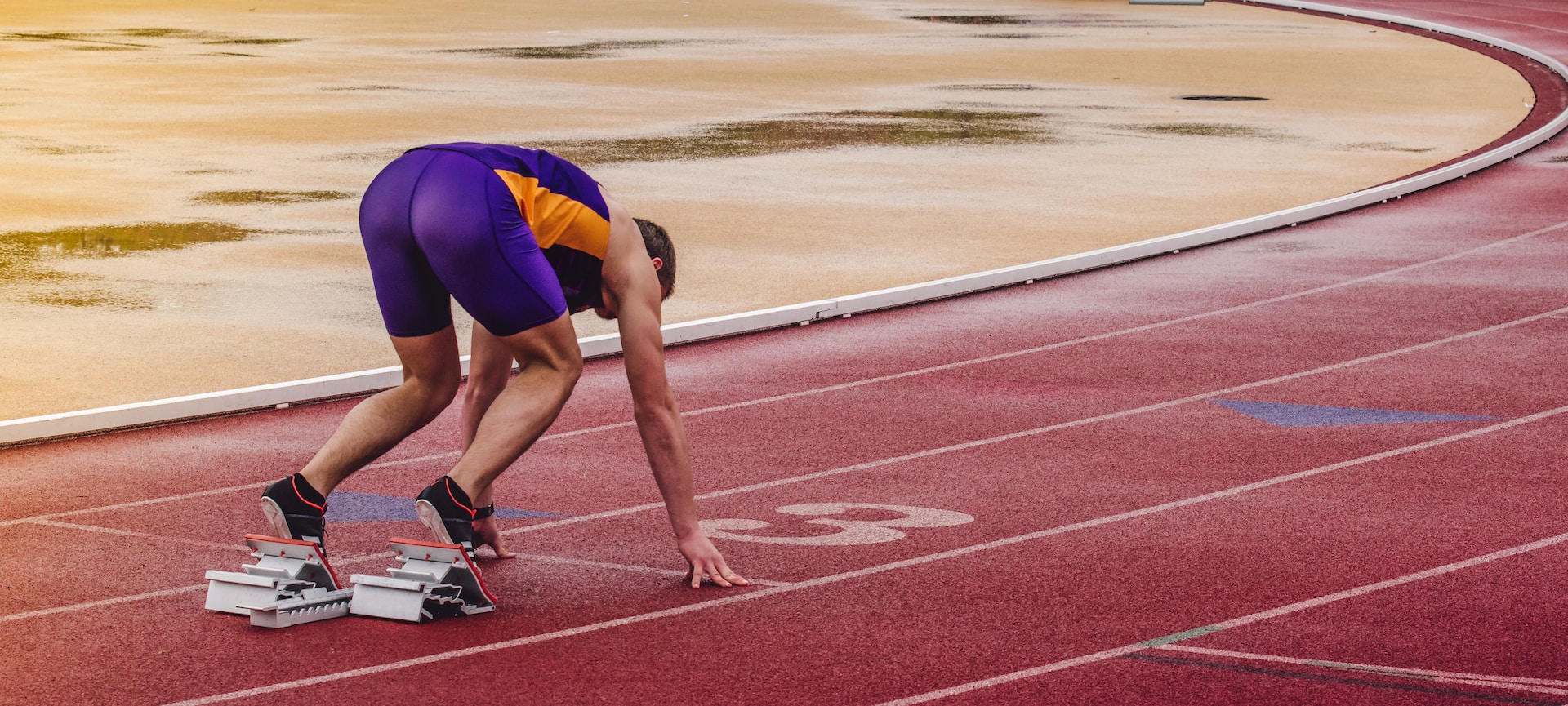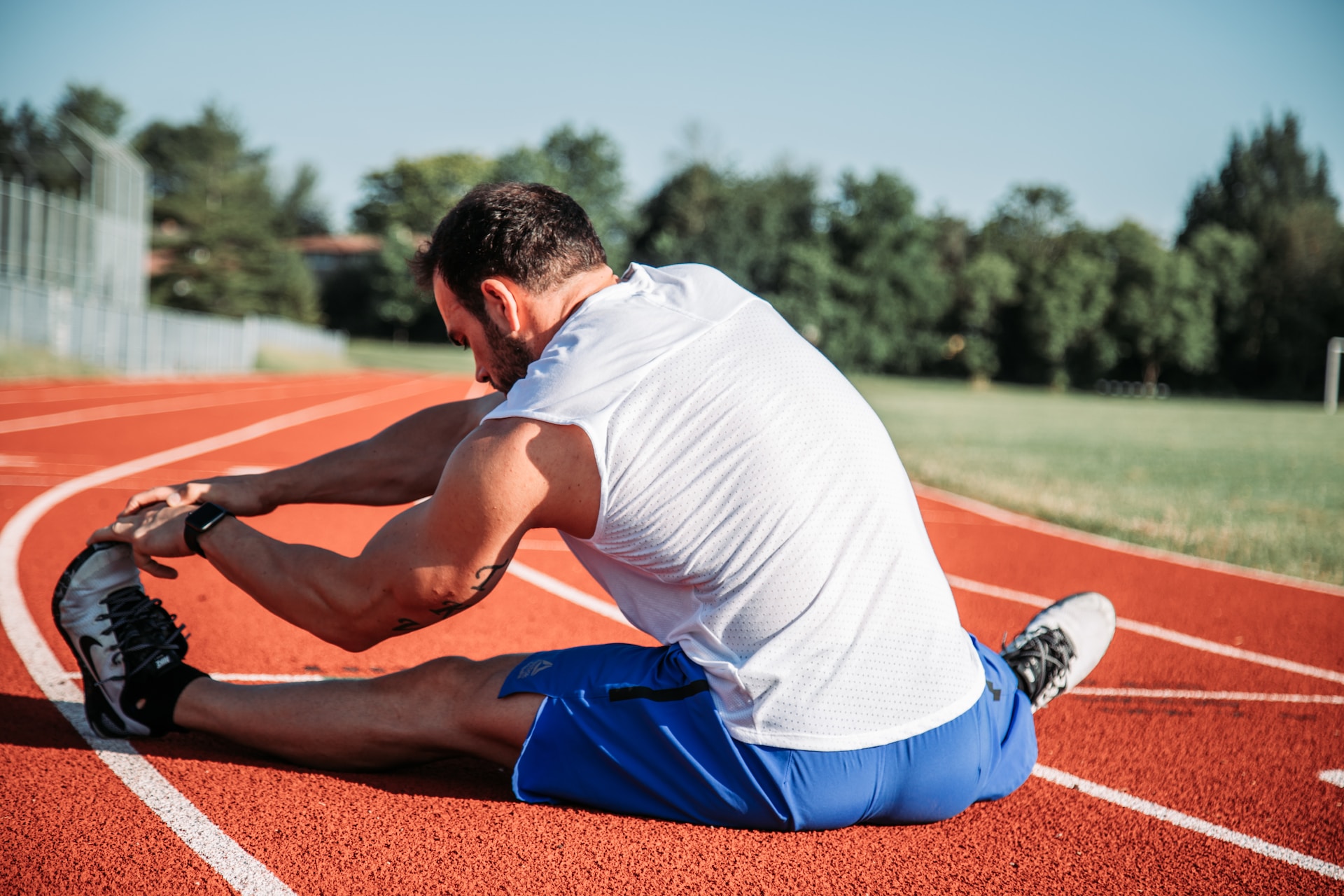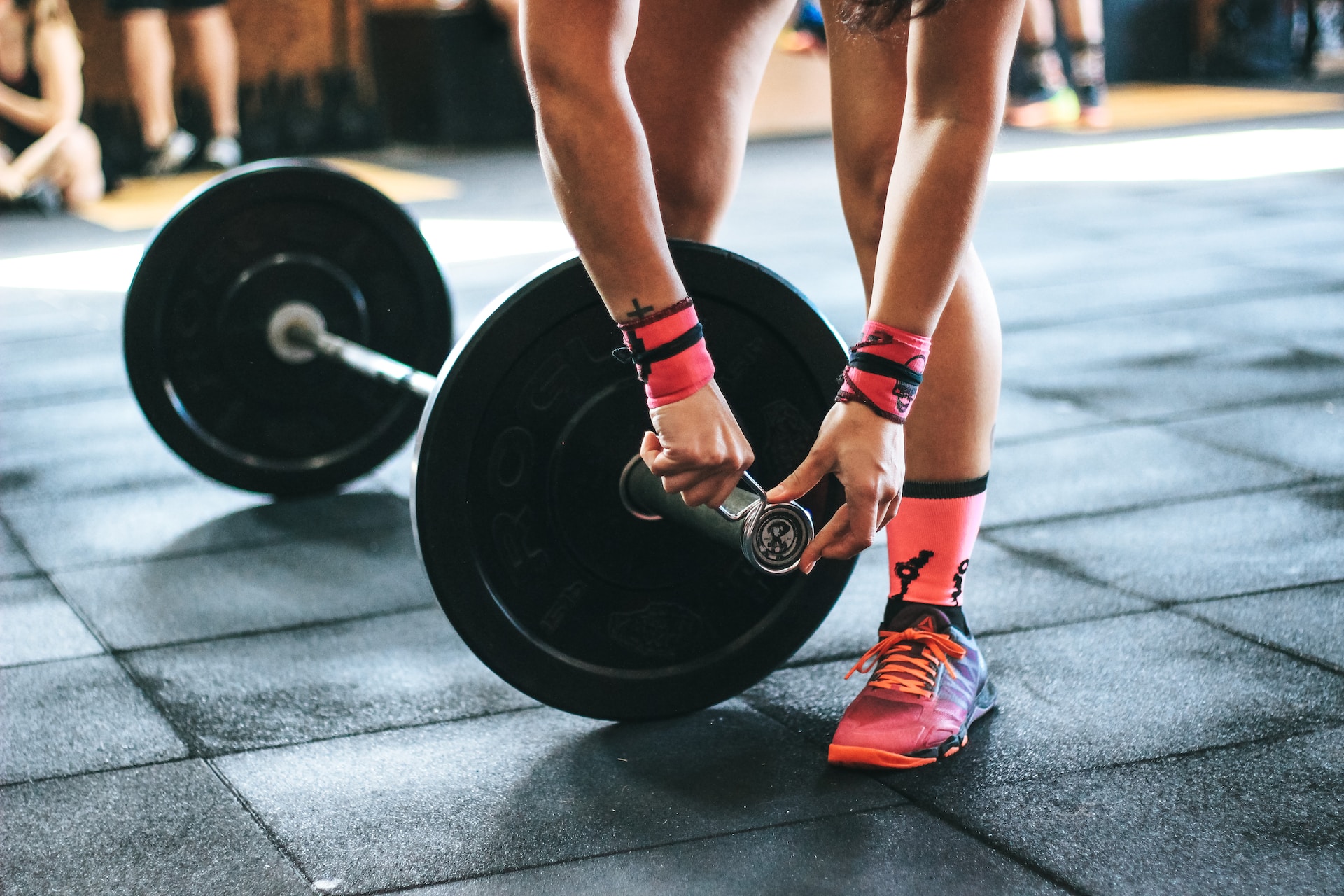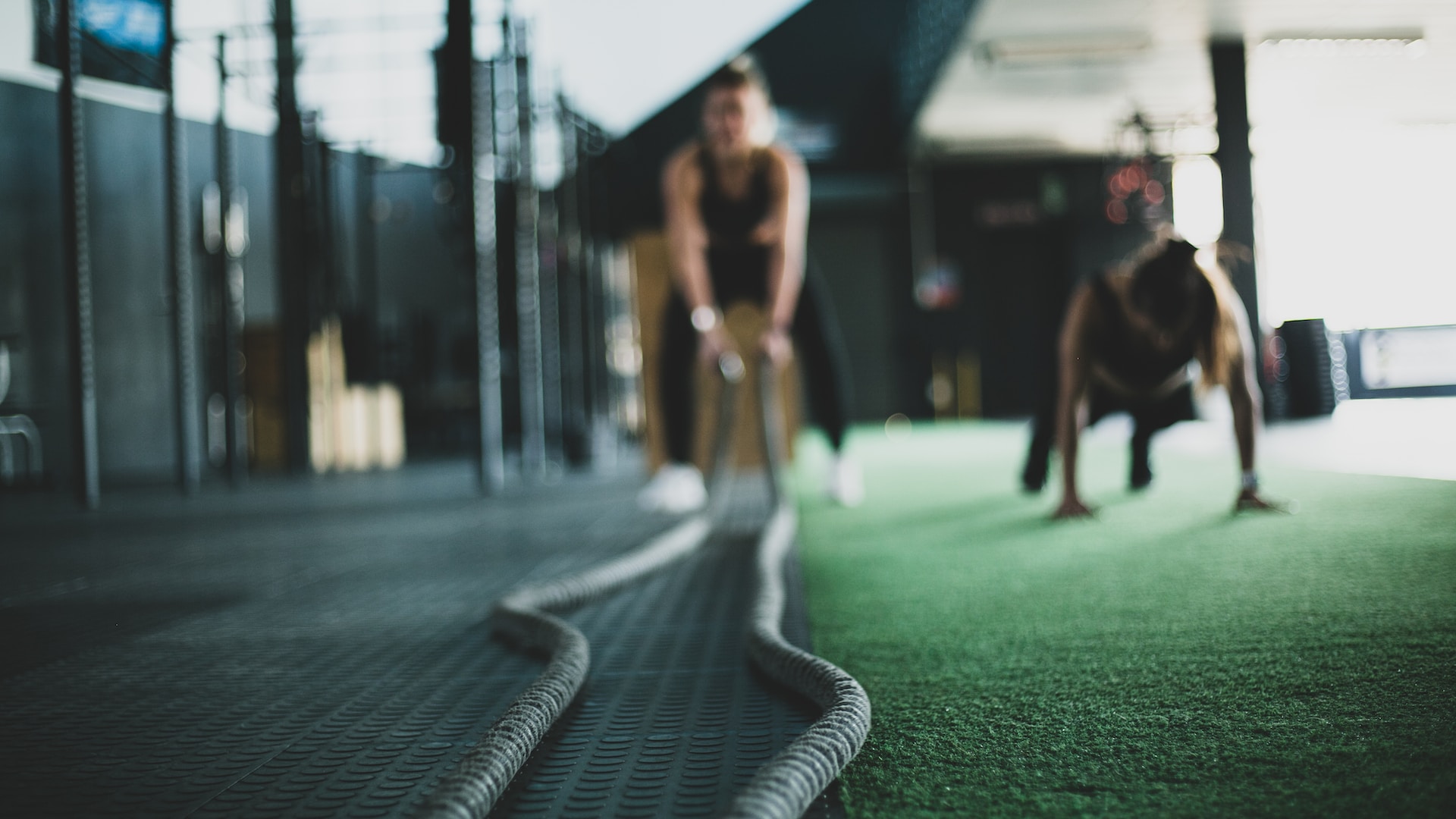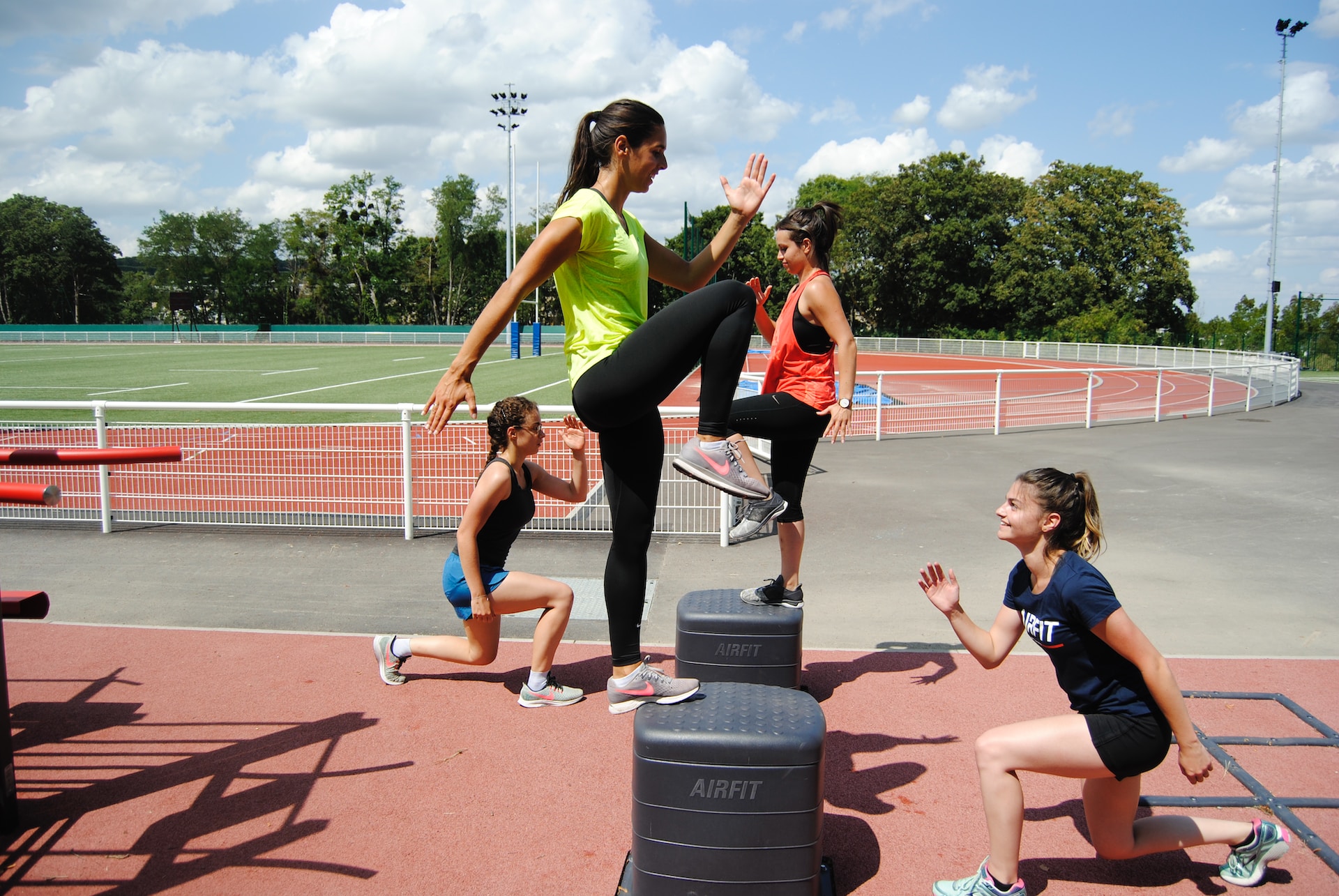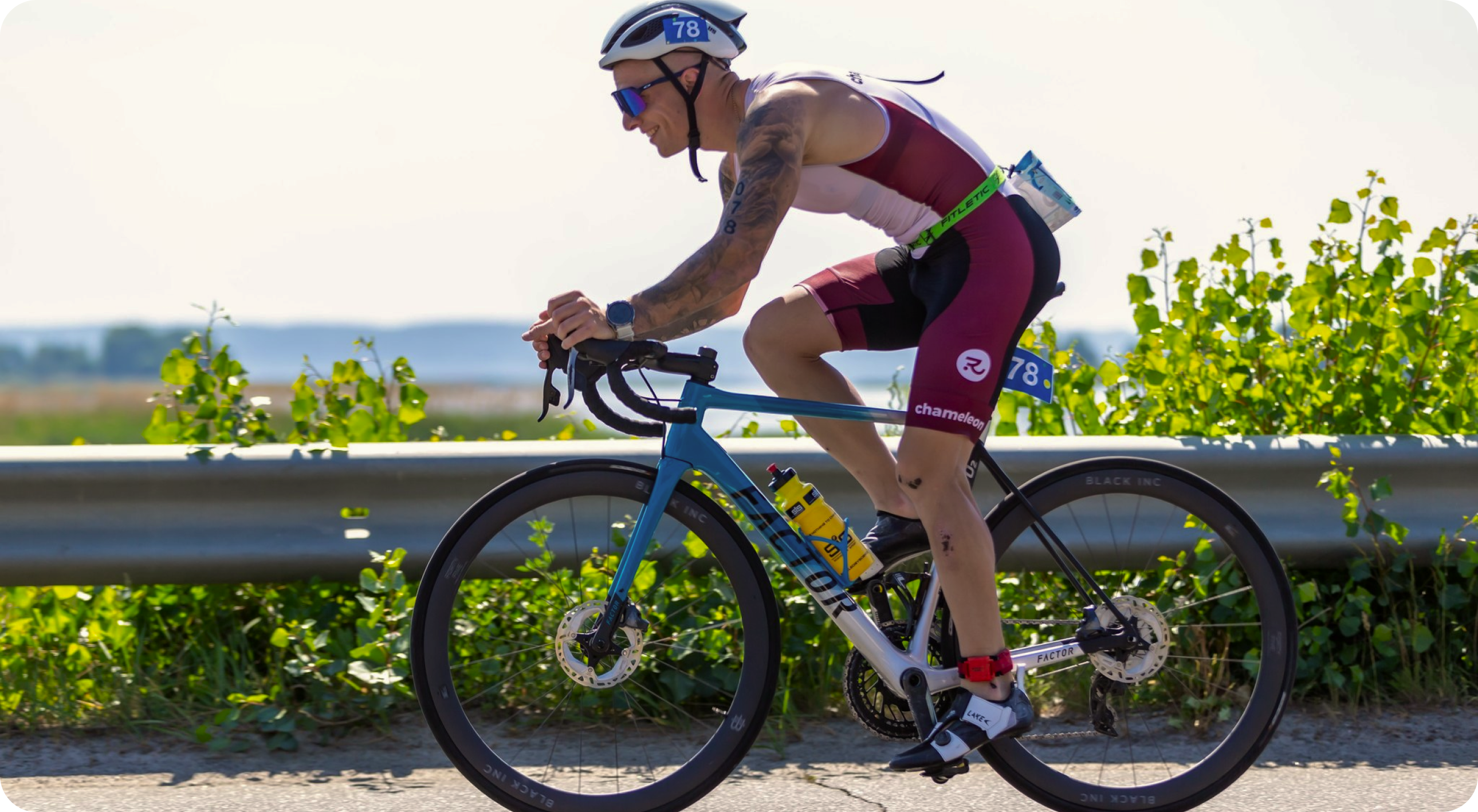Triathlon is a sport of endurance, grit, and transitions. Yes, transitions.
Effective triathlon transitions can make a big difference in your race performance.
They are often considered the fourth discipline in triathlon.
A well-executed transition can save you precious minutes and provide a mental edge over your competitors.
In this article, we will explore the importance of the triathlon transition area and provide some efficient triathlon transition tips so that you could perform your best during the next race
Triathlon Transition Set Up for Effective Practice
First things first, let’s demystify setting up a mock transition zone.
The goal here is to create a realistic simulation of the race-day transition area.
Set aside a space in your home or yard where you can lay out your gear as you would in a race.
A typical transition zone should have your triathlon gear namely bike, helmet, running shoes, swim cap, race belt, bike gear, swim gear, and any nutrition or clothing changes you plan to make during the race.
Practicing in this setup helps you get familiar with the sequence of actions you need to perform during the actual transitions.
Remember, the key to a smooth transition is knowing exactly where everything is and the order in which you need it.
One interesting observation by USA Triathlon is that experienced triathletes tend to have smaller transition zones.
This isn’t just because they have less gear. They know that less clutter means fewer things to go wrong.
Strategies for Rehearsing Efficient Transitions
Now that we’ve set up our triathlon transition area setting let’s delve into how to rehearse efficient transitions.
It starts with visualizing the process.
Walk through each step of transition areas in your mind, from swim exit and getting to your bike to changing to your running gear and getting back on the road.
Dr. Jim Taylor, a renowned sports psychologist, states, “Athletes who use visualization—also called mental imagery—have a powerful tool to enhance their athletic performances.”
If you visualize your transition areas, you mentally prepare your body for the sequence of actions.
This reduces the likelihood of unexpected mistakes on race day.
Next, physically rehearse your transitions.
Practice getting out of your wetsuit quickly, putting on your helmet, bike shoes, and mounting your bike smoothly.
Time yourself and aim to get a fast transition each time.
Balancing Transition Training with Your Regular Triathlon Schedule
Transitional training often remains in the shadow of the more obvious components of triathlon training, such as swimming training, cycling, and running.
However, integrating transition practices into your routine doesn’t necessarily mean you have to spend less time on the core disciplines.
The trick lies in smartly weaving your transition practice into your existing training schedule.
Developing a Transition Training Routine
Let’s look at the first step, which is to include transition training in your triathlon training.
This is understanding the specific exercises.
For instance, the bike-to-run transition, also known as ‘brick’ workouts, can be practiced by executing a run immediately after a bike ride.
This not only improves your transition speed but also helps your body adjust to the change of pace and movement.
To practice swim-to-bike transitions, try to simulate the T1 process post-swimming sessions.
It’s crucial to get used to the feeling of moving from horizontal swimming to the upright cycling position.
Self-Guided Transition Training
You don’t really need a company or a coach when training for transitions.
You can effectively practice triathlon transition exercises even when you’re training alone, but make sure you don’t postpone it to your race day morning.
The key is to create a realistic simulation of the transition zone.
You could use your yard or a local park for this purpose.
Set up a small area with your bike, helmet, running shoes, hydration bottles, and any other gear you would need in the actual transition zone.
After a swim or bike course, rush to this area and change as quickly as possible, just as you would in a real race.
Remember to time your transitions.
Over time, you’ll notice improvements and get a clear idea of where you need to focus your efforts.
Implementing Transition Training into Your Weekly Schedule
A common question arises: “How often should I practice transitions?”
The answer to this depends on your current skill level and the proximity of your next race.
If you’re new to triathlons, starting with one transition training session per week might be a good idea.
You can slowly increase the frequency as you grow more comfortable and stress-free.
Adding more transition practices to your training can be beneficial in the weeks leading up to a race.
This will ensure that the process is fresh in your mind and your body is well-adjusted to the rapid switch between disciplines.
But remember, while transition training is important, it shouldn’t overshadow your main workouts.
Always ensure a good balance in your training schedule.
Avoiding Common Transition Mistakes: Steering Clear of Pitfalls
Transitions in triathlons may seem simple, but they are associated with a lot of mistakes and can lead to losing time.
This is especially true for newcomers to the sport.
However, you can make your transitions smoother and faster.
You just need to know these common mistakes and be able to avoid them.
1. Lack of Organization
One of the most common mistakes is having a disorganized transition area.
This can lead to wasted time searching for equipment, putting things on in the wrong order, or forgetting something crucial.
Avoidance Tip: Keep your transition spot neat and simple.
Lay out your gear in the order you’ll need it, and rehearse your transition so you know exactly where everything is and when to use it.
2. Neglecting Transition Practice
Many triathletes focus only on swimming, cycling, and running, neglecting to practice transitions.
This oversight can cost valuable time on race day.
Avoidance Tip: Incorporate transition practice into your regular training routine.
Simulate race conditions as closely as possible to gain familiarity and improve efficiency.
3. Poor Nutrition and Hydration Management
Some athletes forget to refuel or rehydrate during transitions, leading to decreased performance in the later stages of the race.
Avoidance Tip: Plan your nutrition and hydration strategy, and practice it during training.
Include easy-to-consume energy gels or bars and water bottles in your transition setup.
4. Overthinking the Transition
Some athletes try to make the transition as quickly as possible.
This leads to panic, mistakes, or even fines for violating the rules of the transition zone.
Avoidance Tip: Stay calm and stick to your rehearsed routine.
Remember, a smooth, error-free transition is often faster than a hurried, chaotic one.
5. Inadequate Warm-Up for Next Discipline
Jumping straight into the next segment without a proper warm-up can lead to a jarring start and impaired performance.
Avoidance Tip: Use the final moments of each segment to prepare your body for the next discipline.
For instance, towards the end of the cycling segment, incorporate some high-cadence pedaling to prepare your legs for the run when you reach the dismount line.
By keeping these common mistakes and their avoidance strategies in mind, you can ensure a smoother, more efficient transition process.
Remember the wise words of six-time Ironman World Champion Mark Allen, “Triathlon doesn’t build character. It reveals it.”
Every aspect of your triathlon journey, including transitions, is an opportunity to learn, grow, and reveal your true athletic character.
Self-Assessment and Continual Improvement in Transitions
Just like every other aspect of triathlon training, self-assessment is vital for transitions.
Time each of your rehearsals and aim to get faster.
Remember, it’s not just about speed but also the smoothness of your actions.
Identify any areas where you fumble or hesitate and work on those aspects.
For example, if you struggle with getting your cycling shoes on quickly on a mount line, practice it repeatedly until it becomes a smooth action.
Adapting Transition Strategies for Various Race Conditions
Finally, it’s essential to remember that no two races are the same.
Weather, terrain, and race regulations can all impact your transitions.
For instance, if it’s a cold day, you might need to put on more clothing, which can take up additional time.
In such scenarios, practicing how to efficiently put on layers can be helpful.
In other situations, the transition area might be on a slope, or the race might have specific rules regarding gear placement.
Adapting to these unique conditions is a skill that comes with experience and practice.
Renowned coach Joe Friel, in his book “The Triathlete’s Training Bible,” suggests scouting out the race venue beforehand, if possible.
Familiarize yourself with the layout of the transition zone, the exits and entrances, and the mounting line for the bike.
These small bits of information can make a huge difference on the race day.
Conclusion: Making Transitions Your Strength
Remember, in triathlons, time is precious, and every second counts.
While swimming, cycling, and running are the main components of the race, mastering the art of swim transition and bike exit can give you an extra edge.
As experienced triathlete and coach Mark Allen says,
“Transitions are often overlooked, but they are the easiest place in a race to lose time. Practice them and you’ll be amazed at how much time you can save.”
The transition zone is not just a place of quick gear changes; it’s a test of mental strength, organization, and adaptability.
Integrating transition training into your triathlon training will help you get through this zone with grace and speed.
At the same time, it brings you closer to your ultimate goal – the finish line.
Every transition you master, every second you save, brings you one step closer to your personal record.
So, don’t let transitions be an afterthought in your triathlon training.
Embrace them as an integral part of the race, and train accordingly.
As you continue to improve, you’ll find that efficient transitions are not just about saving time but also about building confidence and momentum for the next segment of the race.
Happy training and racing!


